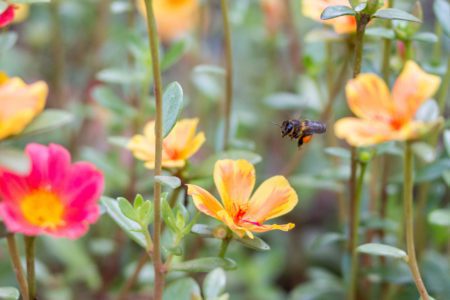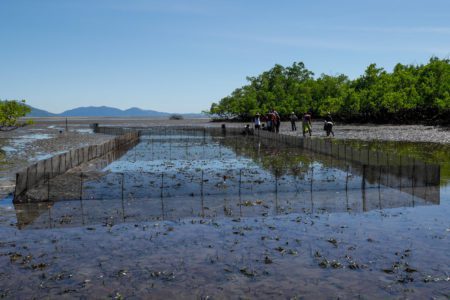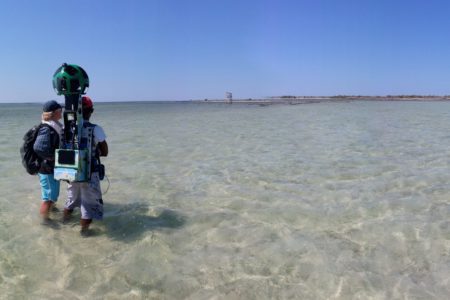Category: Ambanja
We’ve been working in Ambanja on Madagascar’s northwest coast since 2013, supporting local communities to conserve mangrove, seagrass and coastal wetland habitats using a range of management approaches and financing mechanisms.
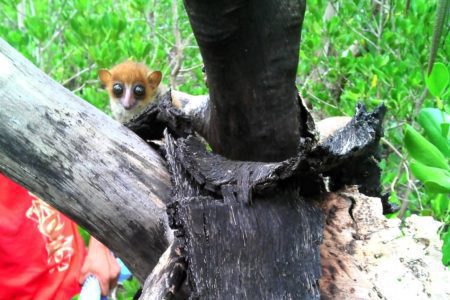
Mysterious mangrove mice: an unexpected encounter
[avatar user=”zo” size=”thumbnail” align=”left” link=”http://blog.blueventures.org/author/zo/” target=”_blank” /] by Zo Andriamahenina, Geospatial Scientist, Blue Forests, Madagascar We were nearing the end of five months of forest inventory work in the mangroves of Ambaro-Ambanja Bay, northwest Madagascar. After almost three weeks...
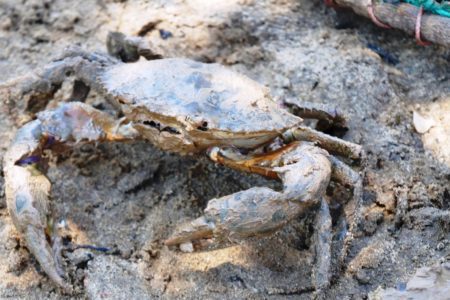
Kola tea, crabs and key informants
[avatar user=”Charlie” size=”thumbnail” align=”left” link=”http://blog.blueventures.org/author/charlie/” target=”_blank” /] by Charlie Gough, Monitoring and Evaluation Coordinator, UK I drink tea in the afternoon, primarily because I am very ‘English’, but also because coffee seems to have a strange effect on me past...
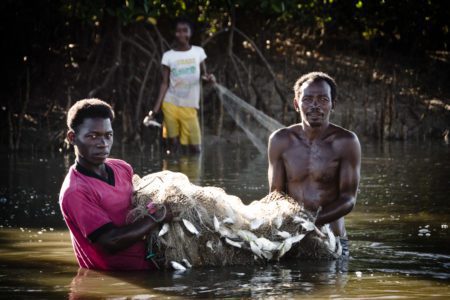
Making a living from the forests between land and sea
by Kitty Brayne, Country Coordinator, Madagascar I’m in a fishing village, but I can’t see the sea. Ankazomborona is perched on the edge of a muddy channel separating land from a forbidding forest of twisted mangrove trees, their roots veering...
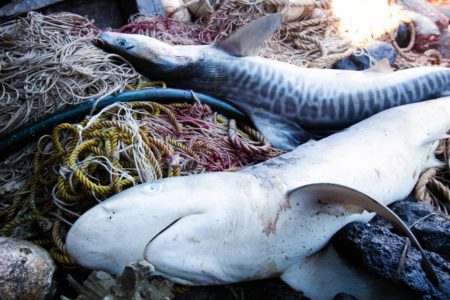
The most valuable marine resources in Madagascar
by Fran Humber, Conservation Programmes Manager, UK I have just visited NW Madagascar, speaking to shark fishers and community members to explore the potential for expanding our mobile phone data collection on shark fisheries to this region. Up to this...
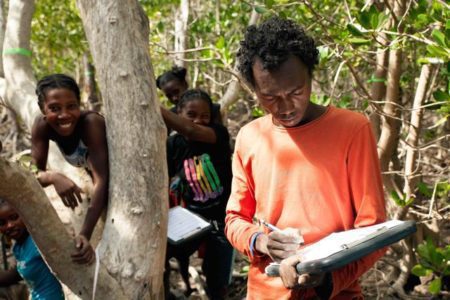
Staff Q&A with Zo Andriamahenina, Blue Forests Research Technician
In the latest instalment in our series of staff Q&As, we ask Zo Andriamahenina, Blue Forests Research Technician, some searching questions about science, conservation and superpowers… What is your scientific background? I studied Sociology at the University of Antananarivo, during which time I did...
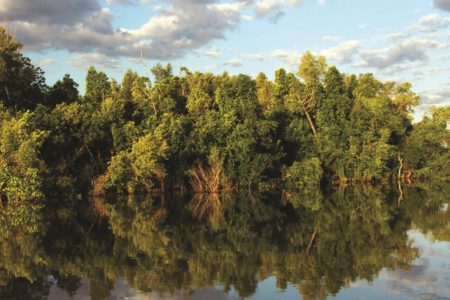
Staff Q&A with Aude Carro, Blue Forests Coordinator (NW Madagascar)
In the nineteenth instalment in our series of Q&As with Blue Ventures staff, we ask Aude Carro, Blue Forests Coordinator (NW Madagascar), some searching questions about science, conservation and superpowers…
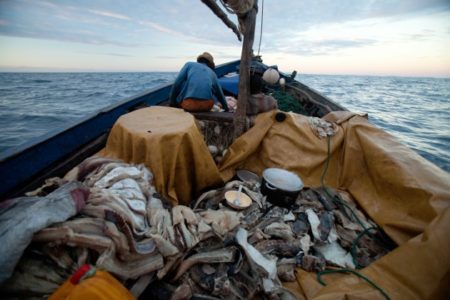
Notes from Nosy Mitseo, Madagascar: the legacy of the demand for shark fin
In Madagascar the traditional and artisanal fishery are defined by the type of boat and size of motor you use. Whilst this study focuses on sharks landed in the traditional fishery (non-motorised local sailing pirogues) which dominates south west Madagascar,...

Blue forests: progress made and looking forward
By Trevor Jones, Geospatial Analyst and Manager, Vancouver If someone had told me three years ago that I would come to work in Madagascar’s mangrove forests, I wouldn’t have believed them. Fast forward to July 2011 and I found myself commencing...
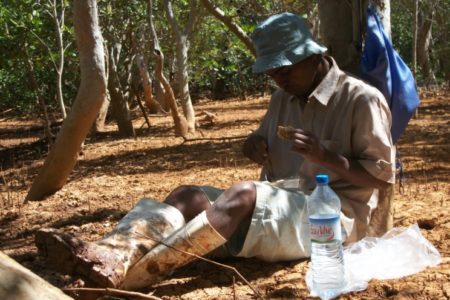
Life in the mangrove forest: what happens exactly?
by Zo Andriamahenina, Blue Forests Research Assistant, Madagascar My first time working in the mangrove forest was in February 2012. Before, I had never walked into one, so I could not picture what we would see or find in this...
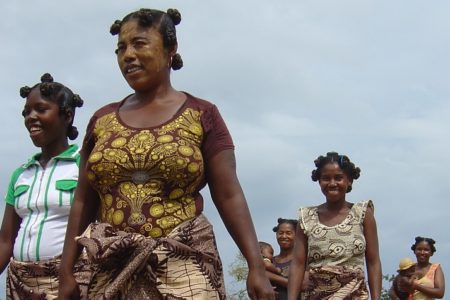
Antanandahy: where the women rule the mangroves
by Sylvia Paulot and Kate England, Blue Forests team, Madagascar After winding its way west, Madagascar’s Tsiribihina River empties into the Mozambique Channel in a maze of tributaries entwined with mangroves. At the end of last year, Sylvia and Kate...
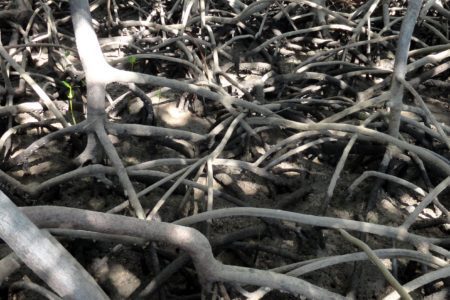
Making moves towards Madagascar’s first mangrove carbon project
by the Blue Forests Team, Madagascar Madagascar’s 5,600 km coastline includes Africa’s third largest extent of mangroves: an estimated 213,000 hectares! These “blue” forests take and store significant amounts of carbon dioxide and support a diverse and in many cases...
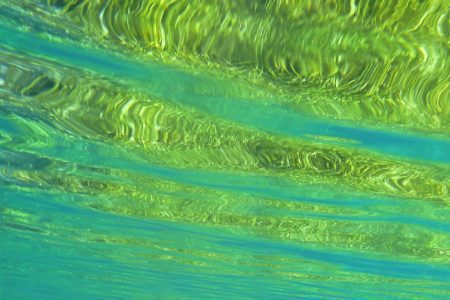
Blue forests: behind the scenes…
by Samir Gandhi, Blue Forests Research Assistant, Madagascar A lot has changed for me in 12 months, undoubtedly for the better. Just over a year ago I was stuck in a dead-end office job; now, I am working for Blue Ventures...


